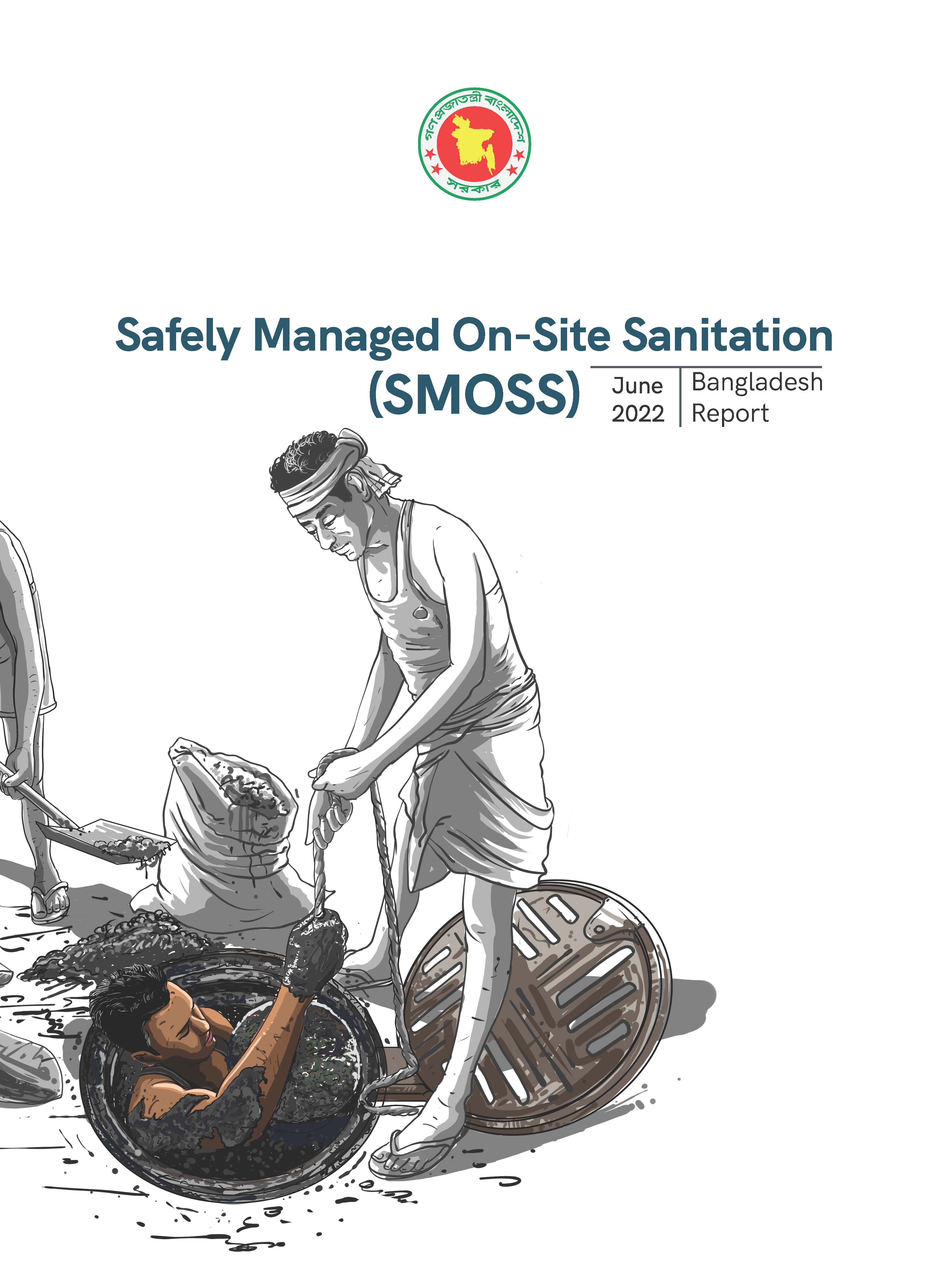Safely Managed On-Site Sanitation (SMOSS)
Publisher(s): World Health Organization (WHO), UNICEF

Category(s): Training Manual
Language: English
Publication Year: 2022
Document Type: PDF
The study provides recommendations on how to improve and mainstream monitoring of SMOSS, as well as how to improve safe management of on-site sanitation management. The role of local Government institutions (LGI’s) will need to evolve in this sector, to monitor and enforce safe emptying and disposal of fecal sludge, this will also enhance the demand for more Fecal Sludge Treatment Plants (FSTP). To support this, it is recommended LGI’s assess potential PPP models for establishing sanitation chain of services including collection, transportation, treatment, disposal and/or re-use of treated fecal sludge. Planning for future expansion of services (procuring lands for disposal/treatment sites and purchasing FSM equipment) should be taken into account, including increased demand for FSM as communities continue to grow and latrines continue to improve. To achieve this, it will be crucial to ensure that the capacities of LGIs are strengthened in terms of manpower, resources and training, which in turn will facilitate the capacity building of stakeholders that are directly or indirectly related to SMOSS services development. Also, regular monitoring of the progress made in fecal sludge containment and related services will be critical, and, in order to carry this out, it will be essential to identify the relevant monitoring indicators and mechanisms for local implementation. The
monitoring data can then be analyzed and assessed locally, for updating and fine-tuning the SMOSS programming.
Keywords
Safely Managed, On-Site, Sanitation, SMOSS
Country
Bangladesh
Copyright
This is an open access work distributed under the terms of the Creative Commons Attribution License, which permits unrestricted use, distribution, and reproduction in any medium, provided the original work is properly cited.
No comment yet.